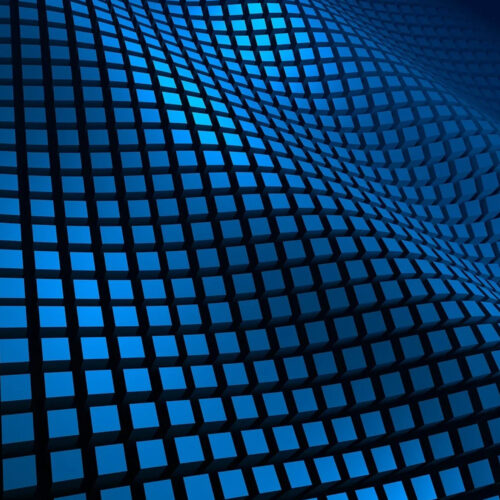We frequently receive questions regarding device discovery and, more specifically, about Device42’s auto-discovery process. Here’s a re-cap of those common questions:
What are the network access requirements for Device42’s auto-discovery processes?
Device42 discoveries utilize varied connection ports, depending on the auto-discovery process. Here’s a list of the access requirements for the Device42’s various auto-discovery processes:
- Network discovery (SNMP): UDP port 161
- Blade systems discovery (SNMP): UDP port 161
- V-server discovery: port 443 (VMware, OVirt/Redhat, Citrix/Xen)
- KVM/libvirt: port 22
- Ping Sweep: ICMP
- Cisco UCS Manager: port 443
- IPMI: 623 (UDP)
- Power discovery: UDP port 161
- Active Directory: port 389
- LDAP: Default is port 389 or 636 for LDAPs or LDAP with SSL
- Windows/Hyper-V: WMI port tcp/135 / WinRM port tcp/47001
- Linux: SSH port 22
- TCP: port 135, and it can also utilize a random port between 1024 and 65535 (TCP)

[/responsive]
Example: IBM Blade center auto-discovery
Can Device42 auto-discover across disparate data centers?
Yes! Device42 can perform agentless auto-discoveries across isolated (some prospects refer to this as “hub-and-spoke”) infrastructure.
In instances where the IT infrastructure is comprised of disparate data centers with limited inter-connectivity – perhaps due to security, or regulatory compliance requirements – Device42 can run many of the auto-discovery processes and populate the centralized Device42 CMDB.
Device42 offers many methods to discovery disconnected data-centers, ranging from the Remote Collector (RC), optional agents (which can run completely offline) as well as open source scripts we make available can be run in this configuration. Some discoveries are part of main app only, and we will be working on adding an external collector for those.
Device Discovery with Remote Collectors
In distributed and isolated data architectures, Clients can locate Device42 “Remote Collectors (RC)” within each of their disparate data infrastructures. Distributed collectors run on a Windows machines (physical or virtual) with network connectivity to the network. Each of the “remote” collectors requires a remote WMI access across the network being discovered, as well as a connection to the centralized Device42 appliance.
How frequently should auto-discoveries be scheduled?
The frequency of auto-discovery varies for each client’s unique data center requirements. Generally, the more frequently network changes occur, the more frequently discoveries are conducted. Many clients conduct discoveries once-per-day, while other organizations run auto-discoveries multiple times each day.
The good news is the frequency of auto-discovery can be client-adjusted at any time to best meet their needs and changes in data center activity.

[/responsive]
Device42 auto-discovery scheduling table
If a device model or platform is not currently supported by auto-discovery, can we get it added?
Yes. For a device that supports SNMP (such as a network device, storage server, console server, blade server etc.), please send us the MIB files and the SNMP output generated as described here: https://docs.device42.com/device42-appliance-manager/collecting-snmpwalk-output-for-troubleshooting/
For other device types, please open a support request or a feature request and we will work on adding those.
Where can I get additional auto-discovery information?
Detailed information about each of Device42’s auto-discovery modules and using APIs for custom auto-discovery can be found here:
https://docs.device42.com/auto-discovery/



